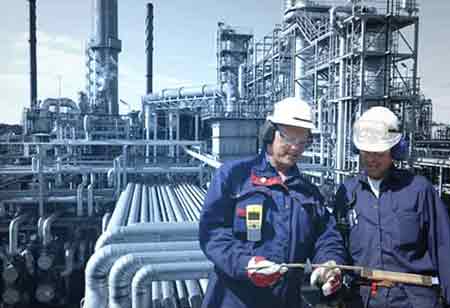Thank you for Subscribing to Energy Business Review Weekly Brief
Best Practices to Optimize the Lithium-ion Battery Industry
Li-ion battery (LIB) recycling is urgent due to the rapid growth of the electric vehicle (EV) industry, which has caused a shortage of resources and an increase in retired batteries.

By
Energy Business Review | Monday, April 10, 2023
Stay ahead of the industry with exclusive feature stories on the top companies, expert insights and the latest news delivered straight to your inbox. Subscribe today.
With more batteries being recycled, EVs have become more affordable.
FREMONT, CA: Li-ion battery (LIB) recycling is urgent due to the rapid growth of the electric vehicle (EV) industry, which has caused a shortage of resources and an increase in retired batteries. There must be more logistics, regulation, and technology readiness to recycle LIBs globally. Due to a lack of current regulations and infrastructure supporting LIB recycling, the materials cannot be recovered and reused efficiently. It is also essential that proper recycling of these materials is still in its infancy and is not widely available. Current recycling infrastructure mainly focuses on traditional materials such as paper, plastics, and metals and is not designed to handle the complexity of LIBs. Furthermore, there needs to be standardized systems and processes for collecting, sorting, and processing LIBs for recycling. This makes it difficult for companies to set up a robust LIB recycling process and limits access to the technology needed to recycle these materials.
Many potential strategies can mitigate challenges and maintain the growth of EV and other LIB-dependent industries.
Factors driving for end-of-life li-ion battery disposal: Demand for energy storage devices is stimulated by government decarbonization initiatives, particularly in the automotive and energy industries. Due to their high energy and power density, lithium-ion batteries (LIBs) are dominating the market, especially for electronic devices, electric vehicles (EVs), and grid storage systems. To meet this demand, Studies show that LIBs can reach USD 56 billion by 2024. A massive increase in EV production is expected to drive the primary growth, with USD 253 million expected by 2030. Due to the increasing use of LIB, the demand for critical raw materials like lithium (Li), nickel (Ni), and cobalt (Co) has increased. However, most of these essential materials are regulated by specific countries. Establishing a secondary supply of critical materials from spent LIBs (from electric vehicles, stationary storage batteries, and home appliances) and manufacturing wastes like trimming, end products, and off-spec products is essential from a sustainability perspective to prevent this shortage occurring.
Check Out This : Electrical Business Review
Repurposing and recycling: The United States Advanced Battery Consortium (USABC) defines end-of-life (EoL) as when the capacity of an electric vehicle battery, module, or pack reaches 80 percent of its original capacity or power. According to the type, quality, and state of health (SoH) of the EV battery, EoL LIBs from EVs can be reused or recycled. Repurposing (or cascade utilization) of spent EV batteries means when a battery pack reaches the EoL below 80 percent of its original capacity, each module or cell can be analyzed, allowing new packs to be configured with specific health and a calibrated battery management system (BMS). These batteries can be used for grid storage, home storage, and electric vehicles with lower power requirements. In the present situation, cascade utilization of EV batteries faces significant technical and market challenges. In addition to evaluating and testing the SoH of spent batteries, setting technical standards based on different designs is a significant challenge, as EV power and energy storage batteries follow different technical standards. Safety issues must be addressed as part of segregating and repurposing.






